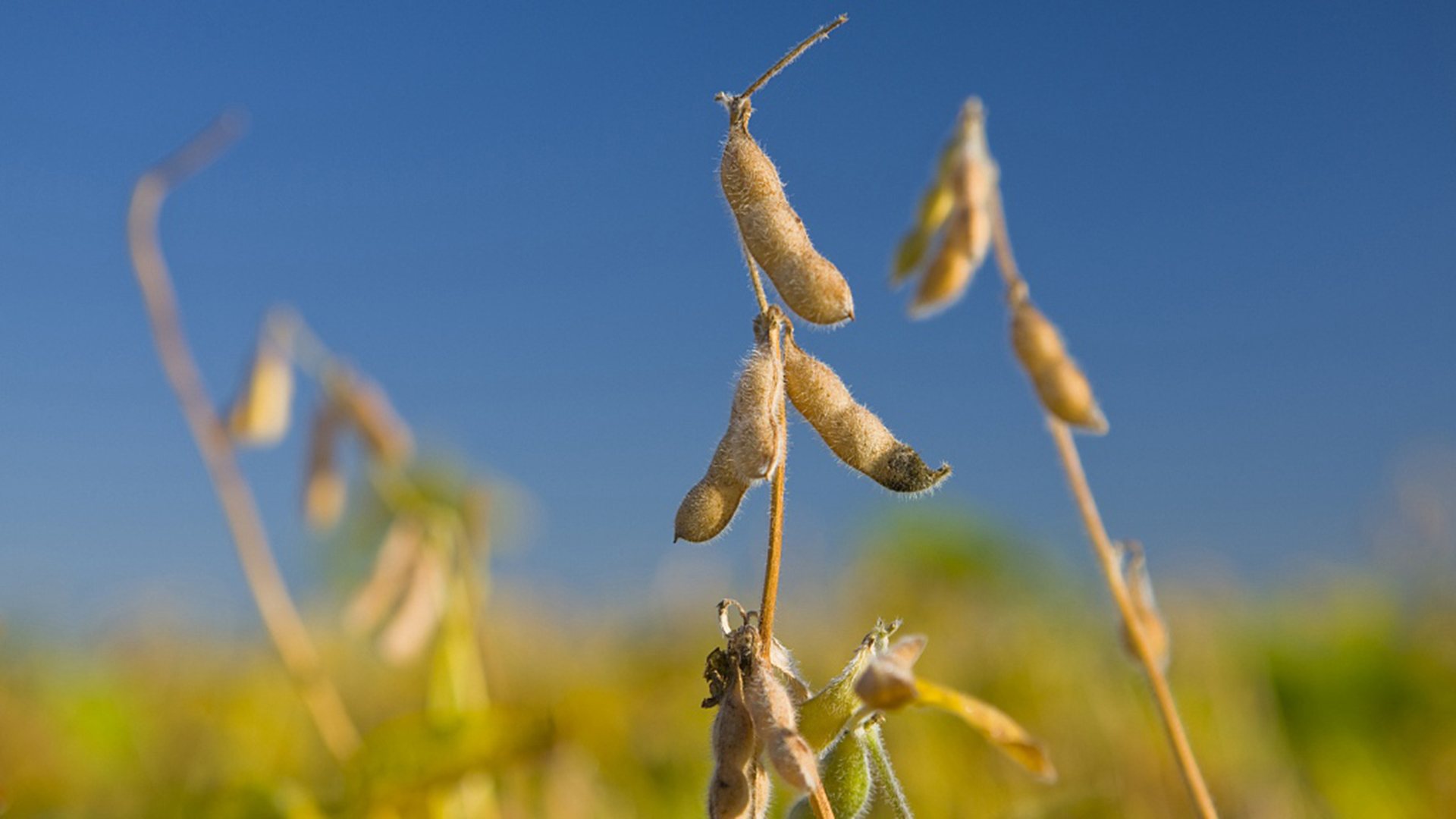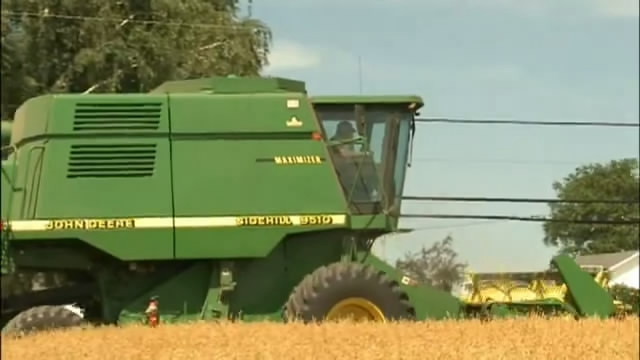
Money Stories
18:09, 17-May-2019
Escalating tensions send American soybean market lower
CGTN Global Business
01:56

The need for soybeans has continuously increased in China while imports from the United States have been shrinking since the trade tensions escalated in 2018. The American soybean sector suffered a sharp downturn as trade tensions with China weakened export demand from overseas markets.
Chicago Board of Trade soybeans futures swung down this week. The soybean futures fell to about 8 U.S. dollars per bushel on Monday, a 21 percent decrease year-on-year, hitting the lowest level since 2008.
“Compared with like normal years, these prices are probably off by a dollar, maybe 2 (U.S.) dollars, so that's close to 20 to 25 percent of our regular pace. It hit a 10-year low. ... The problems still remain with the tariff wars right now. And I think that it's going to be very difficult still going forward,” said Virginia McGathey from the Chicago Board of Trade.
China is the world's top soybean importer, buying some 100 million tons every year, almost two-thirds of the global trade. China is also the largest buyer of U.S. soybeans, as around 60 percent of all U.S. soybean exports have come to China in the past decade.

CGTN Photo
CGTN Photo
But as U.S. President Donald Trump escalates trade tensions with China, the U.S. soybean industry is expected to be severely hit. In 2018, China decreased its soybean imports from the U.S. by 49.4 percent, while the country's soybean imports from Brazil increased 29.8 percent, accounting for 75 percent of total imports.
Yu Lu, vice director at China Chamber of Commerce, said that China has enough measures to cope with the shortfall and limit the impact of decreased imports from the U.S.
“Brazil has increased their planting area of soybeans. Russia will see a very rapidly increased planting area of soybeans in a short time. Many countries which have participated in ‘Belt and Road,' including many African countries, have brought their organic soybeans to our scheme,” the director said.
Moreover, American soybean farmers were worried to see further decrease this year. Data from the United States Agriculture Department shows that the soybean seeding process so far is 9 percent, 29 percent lower than the usual rate.

SITEMAP
Copyright © 2018 CGTN. Beijing ICP prepared NO.16065310-3
Copyright © 2018 CGTN. Beijing ICP prepared NO.16065310-3